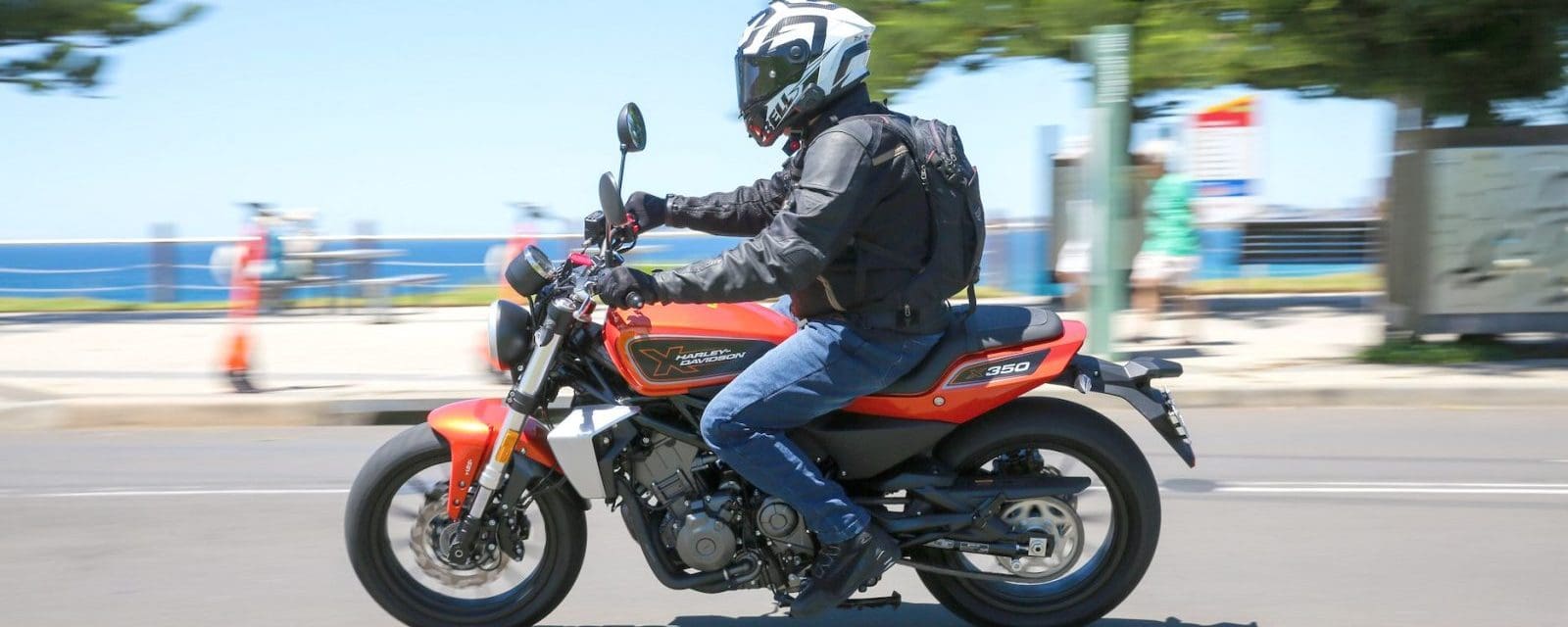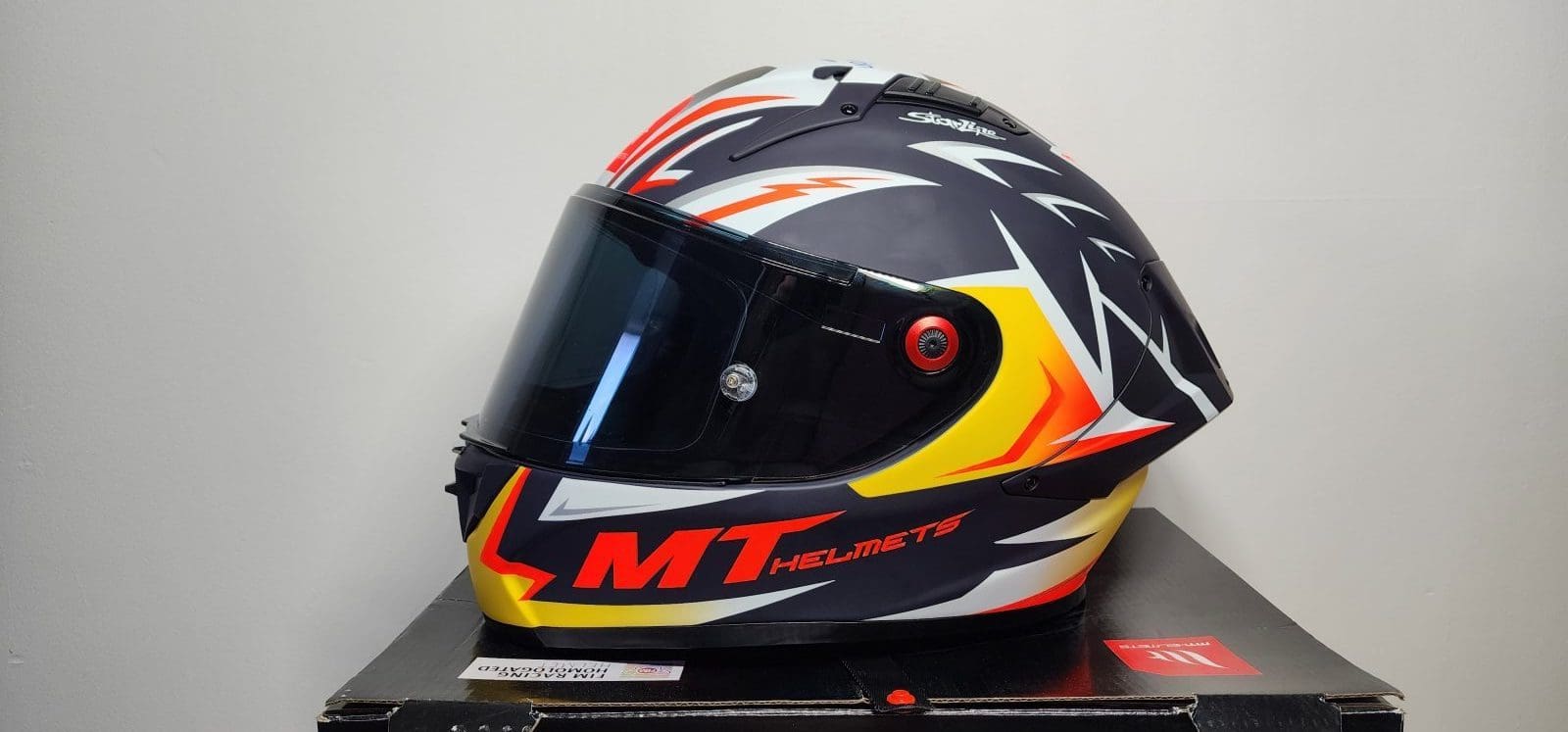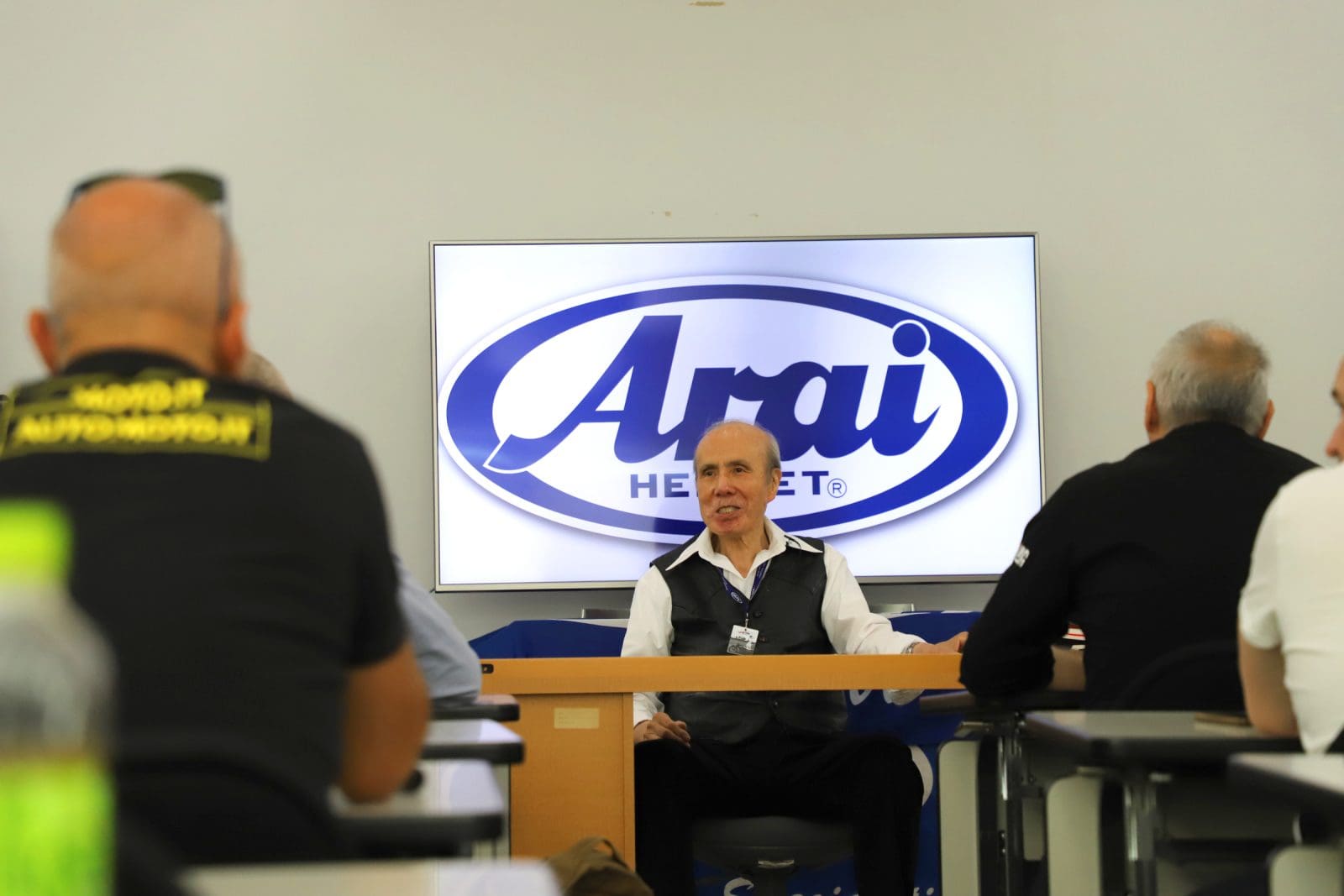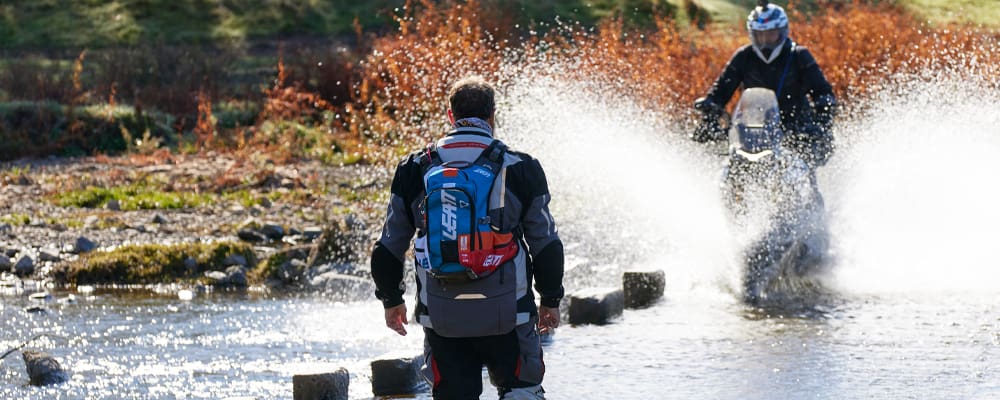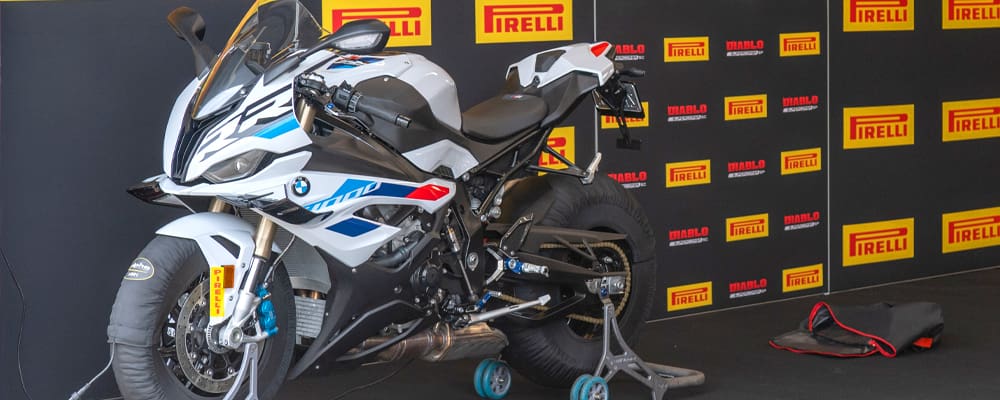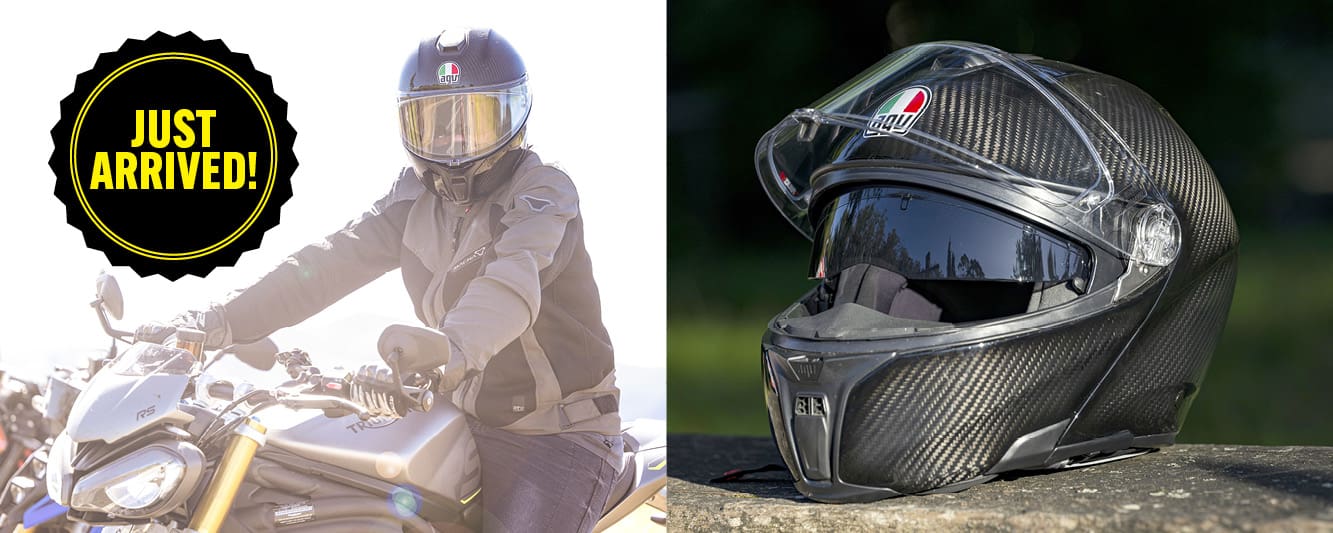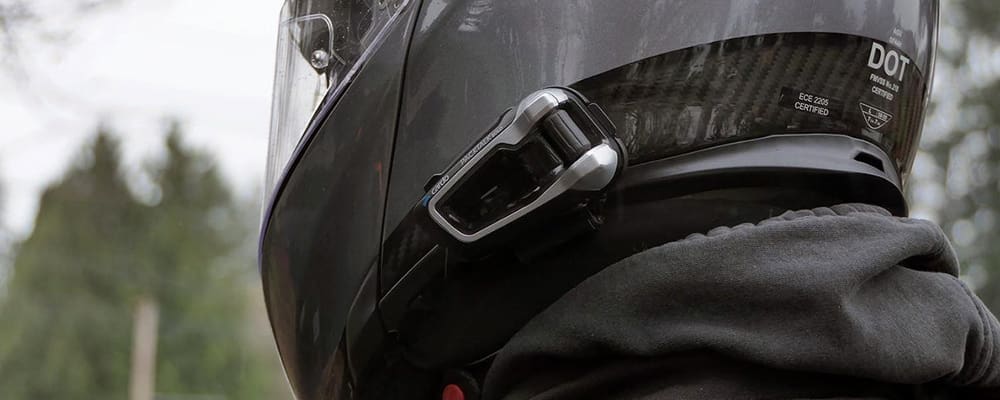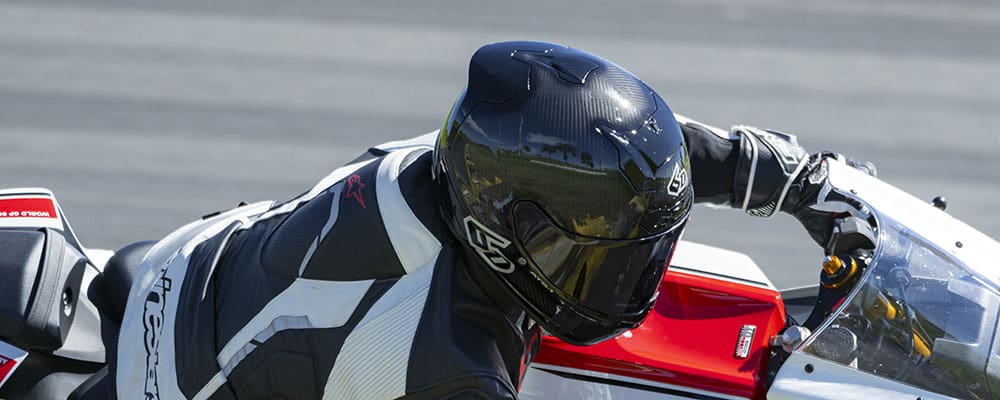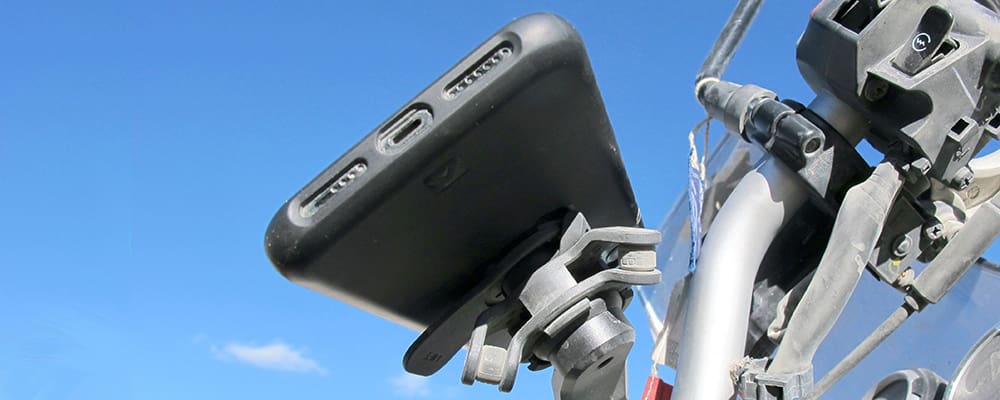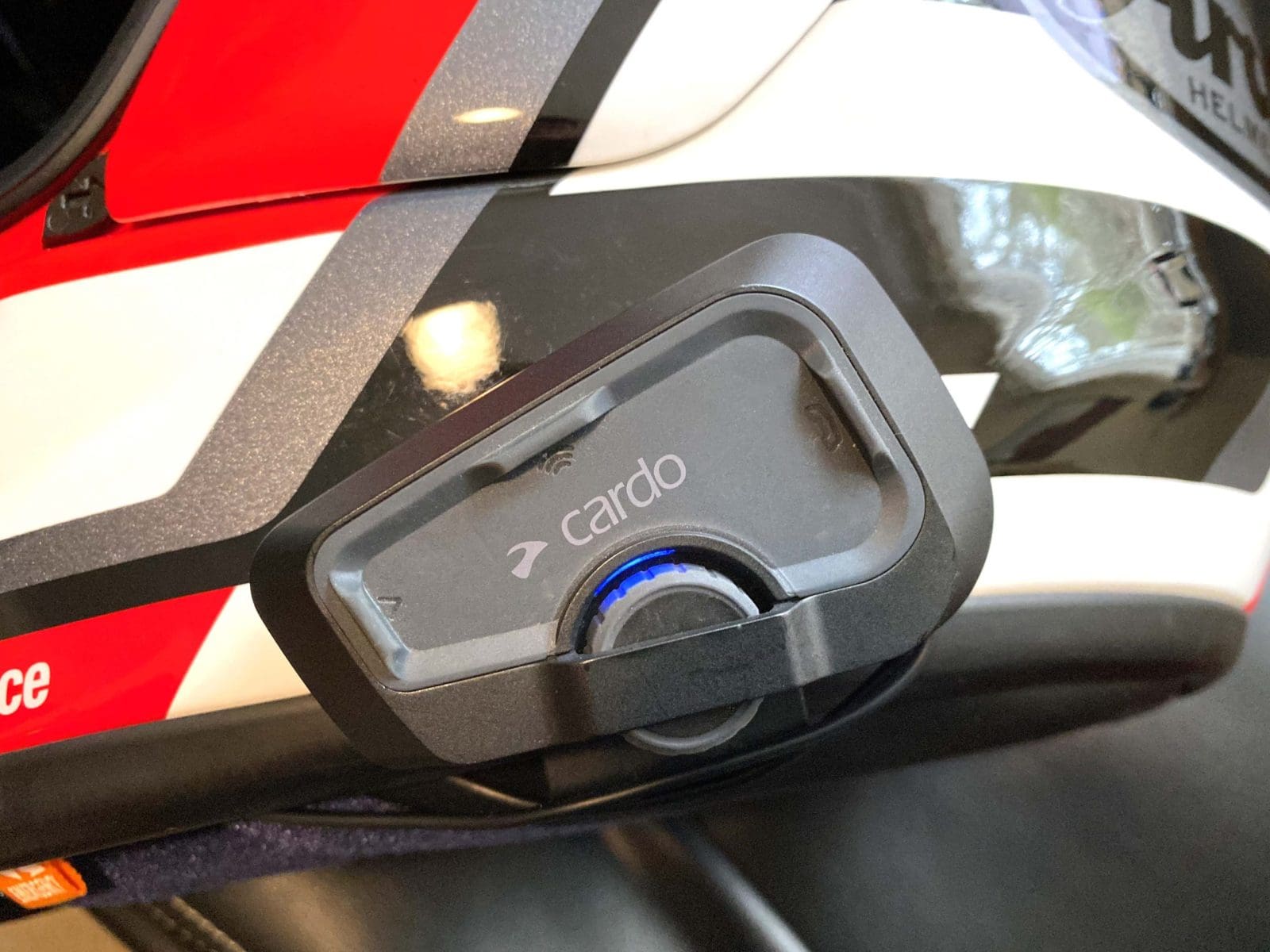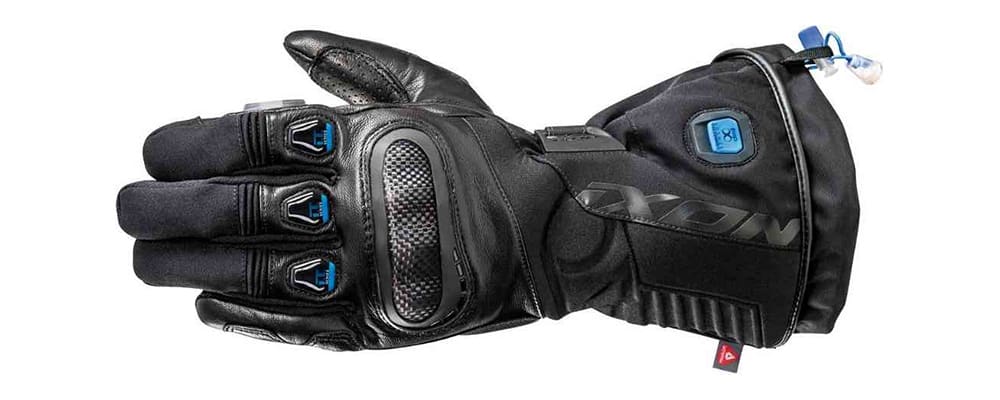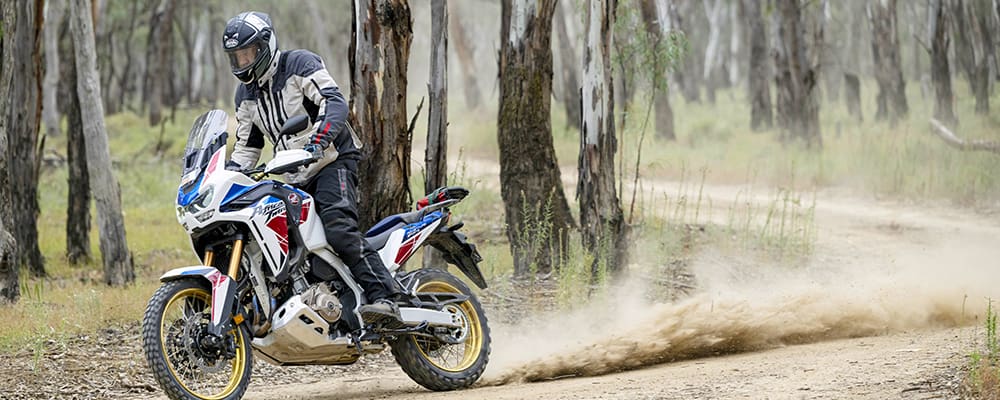The tyre business is a cut-throat world of fierce competition between the mega-brands, and intelligent product strategies are important to keep ahead of the game. Superseding a highly successful model of tyre with a new one is a risky move, and requires solid reasoning, not to mention impeccable timing.
Pirelli’s Diablo Rosso II is a tyre that bridged the gap between the racetrack and real world roads extremely successfully, and has become a go-to tyre for sportbike riders looking for all-roads, all-weather performance. Manufacturers such as Ducati, MV Augusta and Triumph have fitted them as original equipment on a wide range of sports riding focused motorcycles, and for good reason.
By Pirelli’s own admission, the Diablo Rosso II probably hadn’t quite run out its useful product life yet, and the decision to replace it was certainly not made due to either flagging competitiveness or dropping sales. The Diablo Rosso III was introduced ahead of schedule because Pirelli felt the developments it had made in compound mixing were simply too good to sit on for any longer. And rather than just introduce new technology into the current tyre, the company took the opportunity to design a completely new product.
There is an obvious visual connection between the new Diablo Rosso III and Pirelli’s treaded DOT racing tyre. The trademark flash tread design of the Diablo Supercorsa has been used in combination with straight intermediate cuts of varying lengths to give the Diablo Rosso III a tread pattern suited to a wider range of road conditions.
Although the launch was held at Sepang Circuit to coincide with the Malaysian round of the Superbike World Championship, the Diablo Rosso III is very much a road biased tyre, albeit with some serious credentials for those who want to spice up their life with a bit of track time.
We were fortunate enough to have four test sessions ranging from a full damp track with some rivers of standing water in the morning, random damp patches at midday, and a full dry track for the two afternoon sessions.
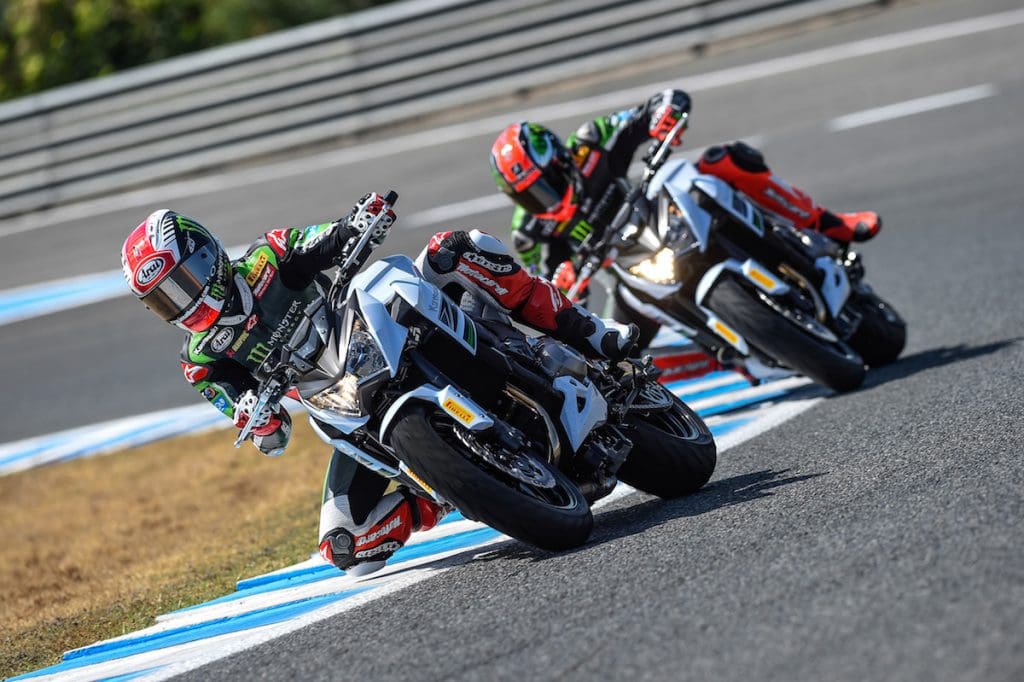
There was a wide range of bikes available to test the tyres, but I chose one of my favourites for the first session, an Aprilia RSV4. No tyre warmers were used on any of the bikes, and heading out onto a track still soaked from a tropical downpour, I had no problem immediately getting a good feel for the grip level available from cold.

One of the new compound’s major benefits is increased grip at low temperatures, and since I’ve always found the previous generation Diablo Rosso an outstanding tyre in cold temperatures, a further improvement can only be good thing. With the ambient temperature at Sepang around 30° by the time our morning session started, I never got to test Pirelli’s claim that the Diablo Rosso III generates good grip from as low as 10°. One thing’s for sure though, there was a great deal of feedback and predictability in the slippery conditions – enough to give me the confidence to push into the unknown and get the tyres moving across the track on occasions. If we had been testing on the road, I never would have taken the risk of pushing this hard in the wet, and suddenly it made perfect sense that Pirelli was launching these new road-sport tyres on a racetrack in such sketchy conditions.
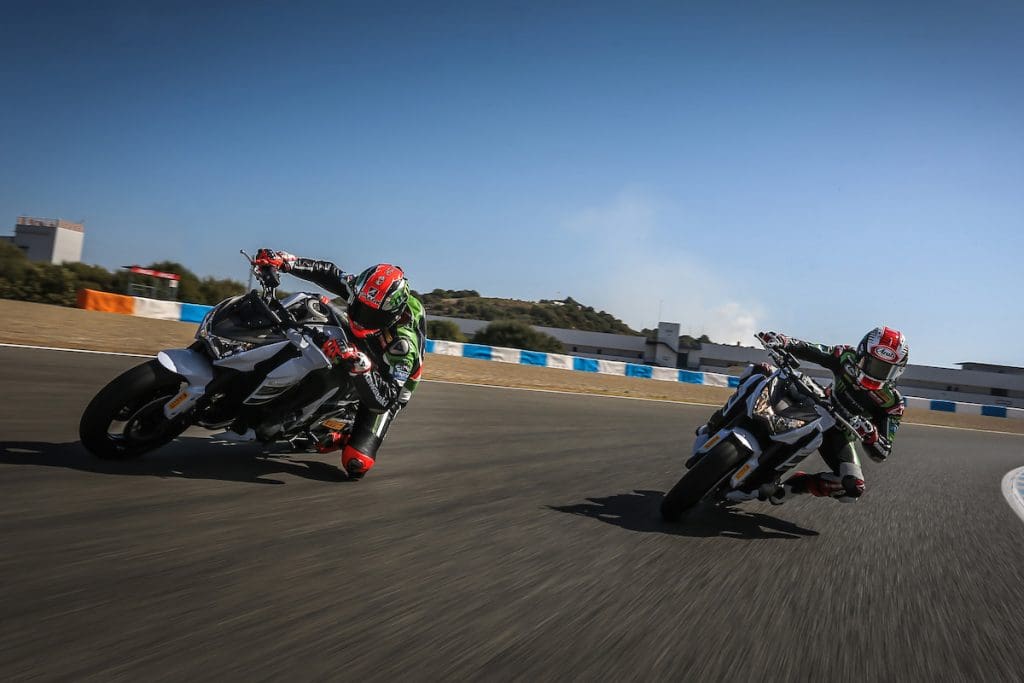
I have to admit that previously I would have gone straight for the Supercorsa tyre option for the Aprilia RSV4 if it were my own road/trackday bike, but after this experience, I will have to think twice depending on the time of year. For all weather use, the Diablo Rosso is the smart option, and certainly won’t disappoint for track use in the dry either.

For session two I jumped on a Ducati Monster 1200S, a bike that was released with Diablo Rosso II tyres as standard fitment, and one that will no doubt be fitted with this new version in the future. With the track now 80 per cent dry, I figured it was time to push harder, but Sepang still had a few little surprises in store for me. The tarmac is so dark in places that it disguises damp patches like land mines. Needless to say I managed to find one of these traps for over-enthusiastic Young players, and was only saved by a combination of instinctual reaction and the tyre’s tenacity to hang on when most would have given up all grip.

Jumping onto a BMW S1000RR for the first full dry session, I flicked the riding mode to Race and headed out to see how the rear Diablo Rosso III performed with the best part of 200 ponies going through it. The answer to that question was, ‘very well’.
The profile of the Diablo Rosso III is approximately halfway between the Diablo Rosso II and the Supercorsa, so there is more contact patch at full lean angle than before, and very nearly as much as on a racing tyre. In fact, the difference is so minimal between this and a Supercorsa SP as to be barely noticeable. I’d even go so far as to say the Diablo Rosso III was more progressive, and therefore easier to ‘read’ when at the limit of the rear tyre. The front provided excellent stability in acceleration and braking, and turn initiation was sharp and precise. As is the case with Pirelli supersport tyres generally, seriously late braking lunatics will benefit by running a couple of psi higher than more placid riders. This simply adds some support to the tyre sidewall, which Pirelli keeps supple enough to absorb bumps. It’s a strategy which works excellently on rough surfaces, and can even right the wrongs of poor suspension. But, it also means tyre pressures are more sensitive between rider weights and riding styles. If you are heavy and/or aggressive, stick to the higher end of recommended pressures, and vice versa for lighter and/or smoother riders.
One thing I noticed on the BMW was that the ABS on Race mode seemed just a little more active than I remember when riding on Supercorsas at Phillip Island. This could be down to either the coefficient of grip in the track surface, or the level of slip in the front tyre, or a combination of both. This wasn’t a problem so much as an observation, and with the level of feedback and grip available with the Diablo Rosso III, I would happily and confidently switch the ABS off for track use anyway.
For my final session I jumped on a Kawasaki ZX6-R, and this was without doubt the most fun I had all day. No ABS, no traction control, take-no-prisoners riding around a circuit that is made for agile bikes like the little Kwaka. With the ZX6-R so willing to slide and drift in a completely predictable and non-flustered manner, I decided to give the tyres as good a caning as I could muster to see if they would tear or wear rapidly with this type of abuse. To my genuine surprise, upon inspection at the end of the session all that was evident was that the tyres were taking it all in their stride. Perfect graining without any sign of tearing or uneven wear around the tread grooves. These tyres had been used by three groups of riders, each group completing four 20-minute sessions around the highly abrasive Sepang circuit. This impressive resilience was mirrored across the full range of machines, which also included ZX10-Rs, a Ducati Hypermotard, Aprilia Tuono, Suzuki GSX-S1000, and even a Honda CB650F.
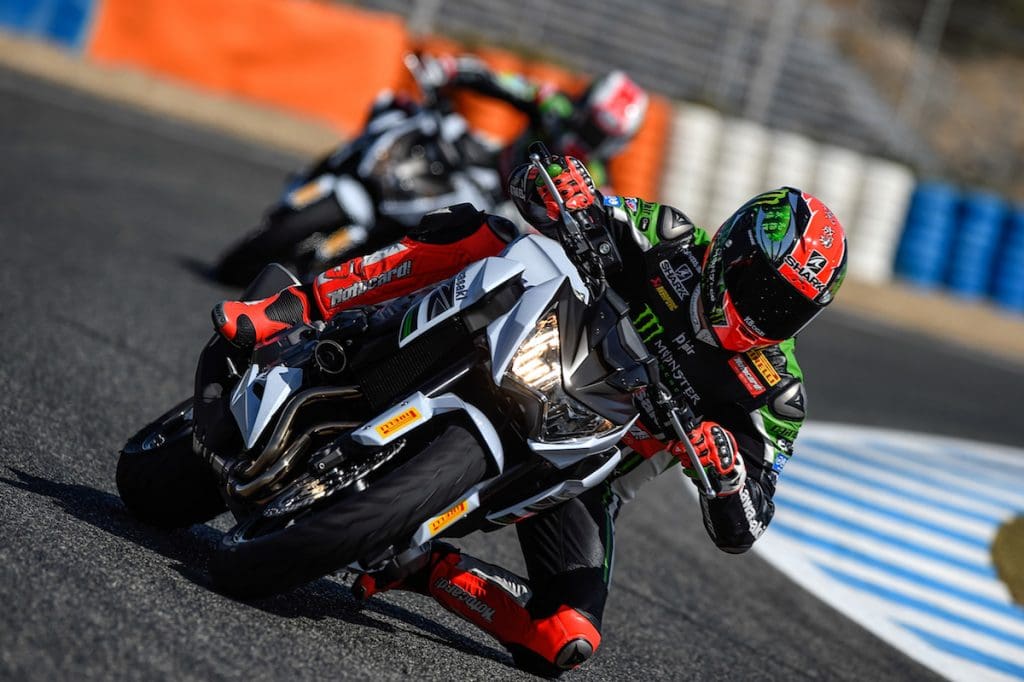
Available sizes
FRONT
110/70 ZR 17 M/C 54W TL
120/60 ZR 17 M/C (55W) TL
120/70 ZR 17 M/C (58W) TL
REAR
150/60 ZR 17 M/C (66W) TL
160/60 ZR 17 M/C (69W) TL
180/55 ZR 17 M/C (73W) TL
180/60 ZR 17 M/C (75W) TL
190/50 ZR 17 M/C (73W) TL
190/55 ZR 17 M/C (75W) TL
200/55 ZR 17 M/C (78W) TL
Watch the Review:
